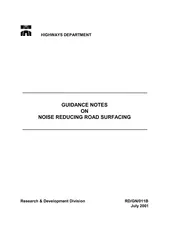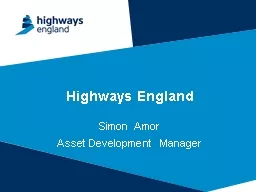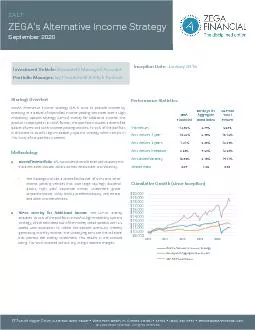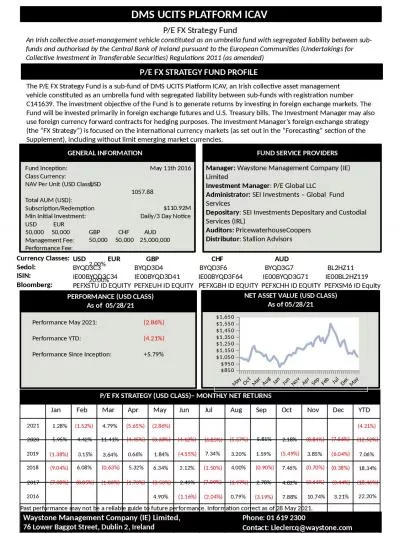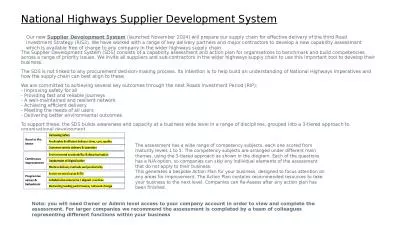PPT-Highways Investment Strategy
Author : ellena-manuel | Published Date : 2016-10-10
May 2014 Background 1100 km of roads One of the lowest spends in the country Consecutive years of severe weather Significant damage to an already deteriorating
Presentation Embed Code
Download Presentation
Download Presentation The PPT/PDF document "Highways Investment Strategy" is the property of its rightful owner. Permission is granted to download and print the materials on this website for personal, non-commercial use only, and to display it on your personal computer provided you do not modify the materials and that you retain all copyright notices contained in the materials. By downloading content from our website, you accept the terms of this agreement.
Highways Investment Strategy: Transcript
Download Rules Of Document
"Highways Investment Strategy"The content belongs to its owner. You may download and print it for personal use, without modification, and keep all copyright notices. By downloading, you agree to these terms.
Related Documents


